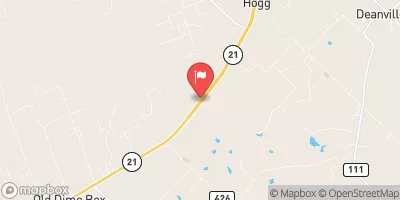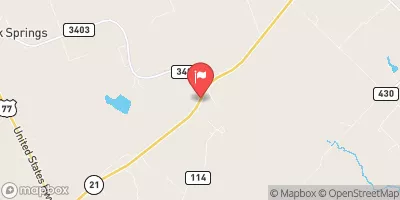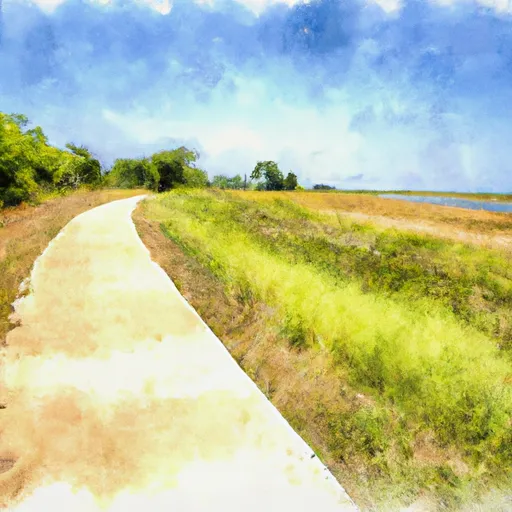Summary
With a total of 67 campgrounds scattered across the state, campers are spoiled for choice when it comes to finding the perfect spot to pitch their tents. Each campground offers different amenities, reservation policies, and highlights, ensuring that every camper's needs and preferences are met.
While specific amenities vary by campground, common facilities available include picnic tables, fire rings or grills, restrooms, and potable water. Some campgrounds may also provide electric hookups, showers, and dump stations. It is important to note that the availability of amenities can vary, so campers should research individual campgrounds to ensure they meet their requirements.
Reservations policies also differ by campground. While some campgrounds operate on a first-come, first-served basis, others require advanced reservations. It is advisable to check the reservation policy of each campground before planning a visit. Furthermore, it is worth noting that popular campgrounds often fill up quickly, especially during peak seasons, so making reservations in advance is recommended.
The best time of year to visit a specific camping area in Texas depends on various factors such as weather conditions, recreational activities available, and personal preferences. Generally, spring and fall offer pleasant temperatures for outdoor activities, while summer can be hot and humid. Winter temperatures can vary, but some campgrounds may offer unique winter activities such as birdwatching or hiking. It is advisable to check weather forecasts and consider any specific activities or events taking place in the area before planning a visit.
Each camping area in Texas has its own unique attractions and points of interest. From stunning natural landscapes and picturesque hiking trails to serene lakes and rivers for fishing and boating, campers can find something to suit their interests. However, it is important to be aware of potential dangers or hazards in the camping area. These may include wildlife encounters, such as snakes or wild animals, and extreme weather conditions like flash floods or thunderstorms. Campers should always follow safety guidelines, be prepared for emergencies, and respect the natural environment.
In conclusion, Texas offers a wide variety of camping areas with different amenities and reservation policies. The best time to visit depends on personal preferences and activities available, and campers should be aware of potential hazards in the area. Researching individual campgrounds and consulting multiple sources ensures accurate and up-to-date information for a safe and enjoyable camping experience.
Weather Forecast
Nearby Streamflow Levels
 Yegua Ck Nr Somerville
Yegua Ck Nr Somerville
|
0cfs |
 Davidson Ck Nr Lyons
Davidson Ck Nr Lyons
|
0cfs |
 E Yegua Ck Nr Dime Box
E Yegua Ck Nr Dime Box
|
1cfs |
 Middle Yegua Ck Nr Dime Box
Middle Yegua Ck Nr Dime Box
|
0cfs |
 Brazos Rv At Sh 21 Nr Bryan
Brazos Rv At Sh 21 Nr Bryan
|
418cfs |
 Brazos Rv Nr Hempstead
Brazos Rv Nr Hempstead
|
618cfs |
Camping Essential Practices
Take all trash, food scraps, and gear back with you to keep campsites clean and protect wildlife.
Respect Wildlife
Observe animals from a distance, store food securely, and never feed wildlife to maintain natural behavior and safety.
Know Before You Go
Check weather, fire restrictions, trail conditions, and permit requirements to ensure a safe and well-planned trip.
Minimize Campfire Impact
Use established fire rings, keep fires small, fully extinguish them, or opt for a camp stove when fires are restricted.
Leave What You Find
Preserve natural and cultural features by avoiding removal of plants, rocks, artifacts, or other elements of the environment.

 67
67
 66
66
 61
61
 62
62
 65
65
 68
68
 Washington County
Washington County
 Welch Park - Lake Somerville
Welch Park - Lake Somerville
 Rocky Creek Park
Rocky Creek Park
 Lake Somerville State Park and Trailway
Lake Somerville State Park and Trailway
 Hattie Mae-Hubert Flowers Park
Hattie Mae-Hubert Flowers Park